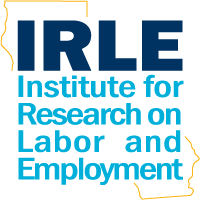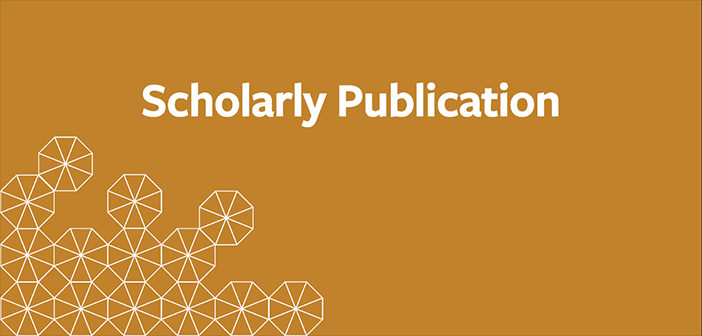Citation
American Economic Journal: Economic Policy, 2(1):177-208. February 2010.
Abstract
The Earned Income Tax Credit (EITC) is intended to encourage work. But EITC-induced in- creases in labor supply may drive wages down, shifting the intended transfer toward employers. I simulate the economic incidence of the EITC under a range of plausible supply and demand elasticities. In all of the scenarios that I consider, a substantial portion of the intended transfer to low income single mothers is captured by employers through reduced wages. The transfer to employers is borne in part by low skill workers who are not themselves eligible for the EITC and are therefore made strictly worse off by its existence. I contrast the EITC with a traditional Negative Income Tax (NIT). The NIT discourages work, and so induces large transfers from employers of low skill labor to their workers. With my preferred parameters the EITC increases after-tax incomes by $0.73 per dollar spent, while the NIT yields $1.39.

